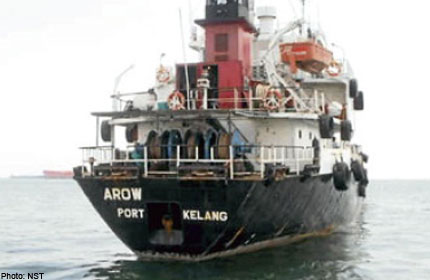
November 2012
A couple of recent hijackings in southeast Asia highlight the problem that is becoming an increasing issue for the region. The two recent victims were both fuel tankers– the Arowana was stolen off the coast of Malaysia in October and the Scorpio was hijacked in the Singapore Strait in September.
Both vessels were hijacked, then moved to other locations where their fuel was syphoned and sold to pre-arranged black-market buyers. Until recently, piracy was definitely a problem in these waters, but was more small-time. Local fisherman were usual targets, with robberies occurring a knife-point instead of gun point. Only small ships and their cargo were stolen.
But with the rising cost of oil, and pirates in the oil-rich Gulf of Guinea setting a leading example, fuel theft on larger vessels is clearly on the rise.
According to Ian Miller, director of intelligence at Dryad Maritime Intelligence, “South-east Asia criminality has been very much focused on cash, ships’ stores and valuables, but there has been a constant stream of intelligence-led hijacks to order, with vessels being taken, renamed and sold.”
He continued, “This is a re-emergence of a type of crime that was more common in the region before the Malsindo 2004 agreement, as a result of which the navies of Malaysia, Indonesia and Singapore provided trilateral coordinated patrols of the Singapore and Malacca Straits. Before this agreement, the hijack and theft of vessels and cargo for onward sale to a prearranged buyer was prevalent.”
The potential increase of piracy makes multilateral coordination between navies in the region a top priority for maritime security. Because the area is covered by such a large area of oceans, and archipelagos make tracking pirates very difficult, cooperation remains the only option for securing merchant vessels in this vital region